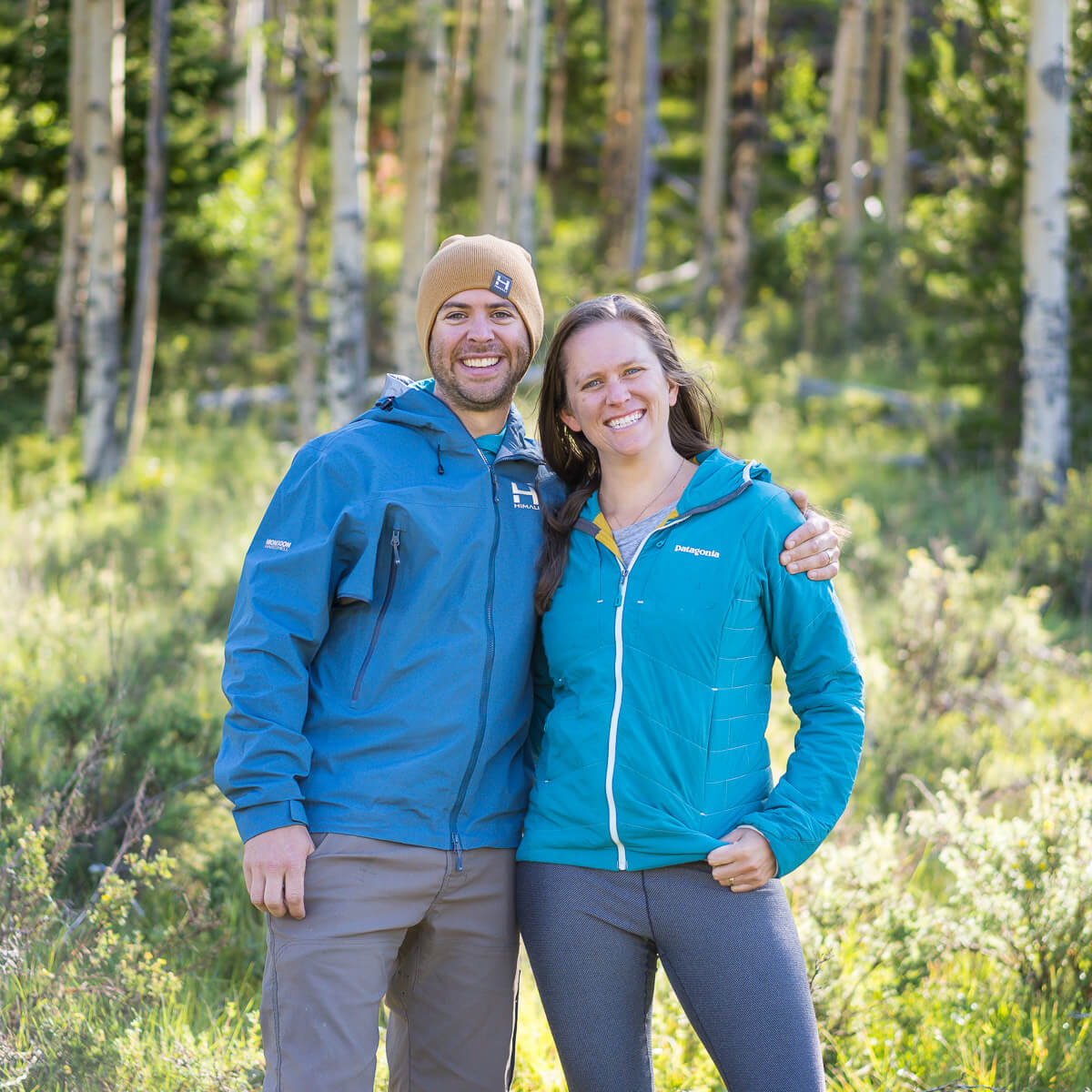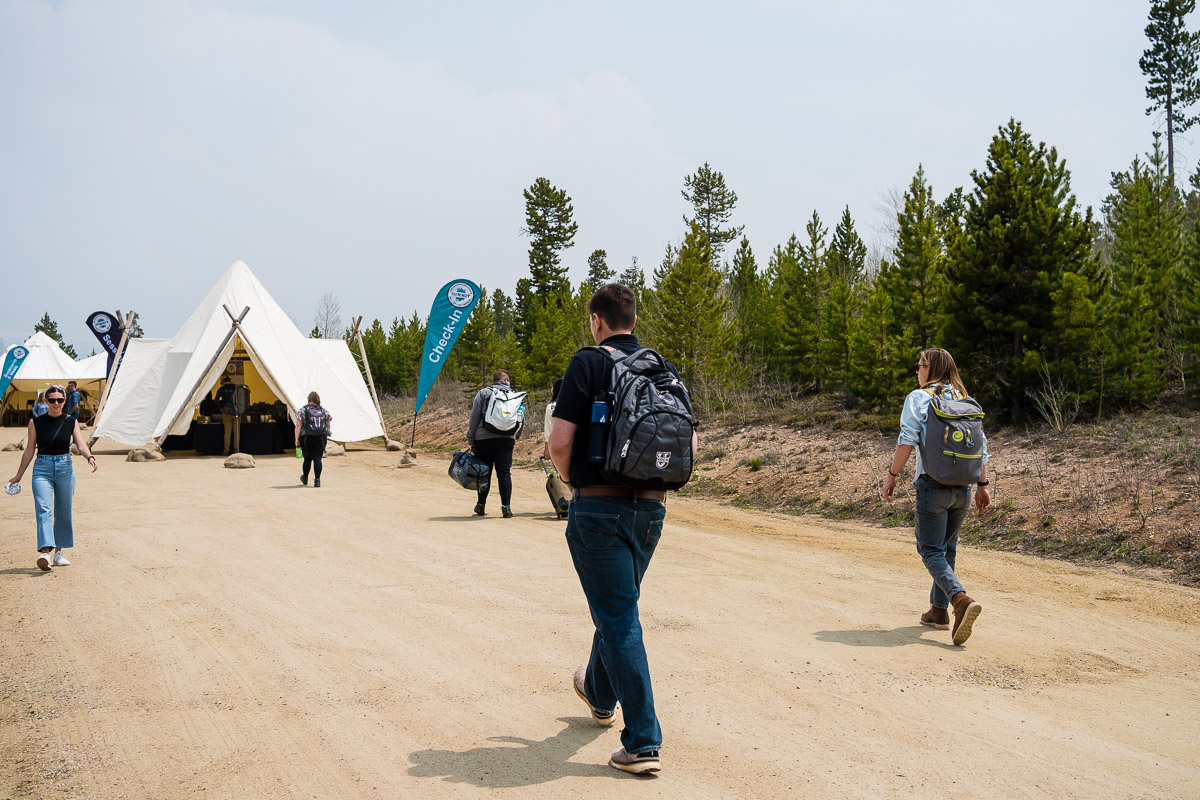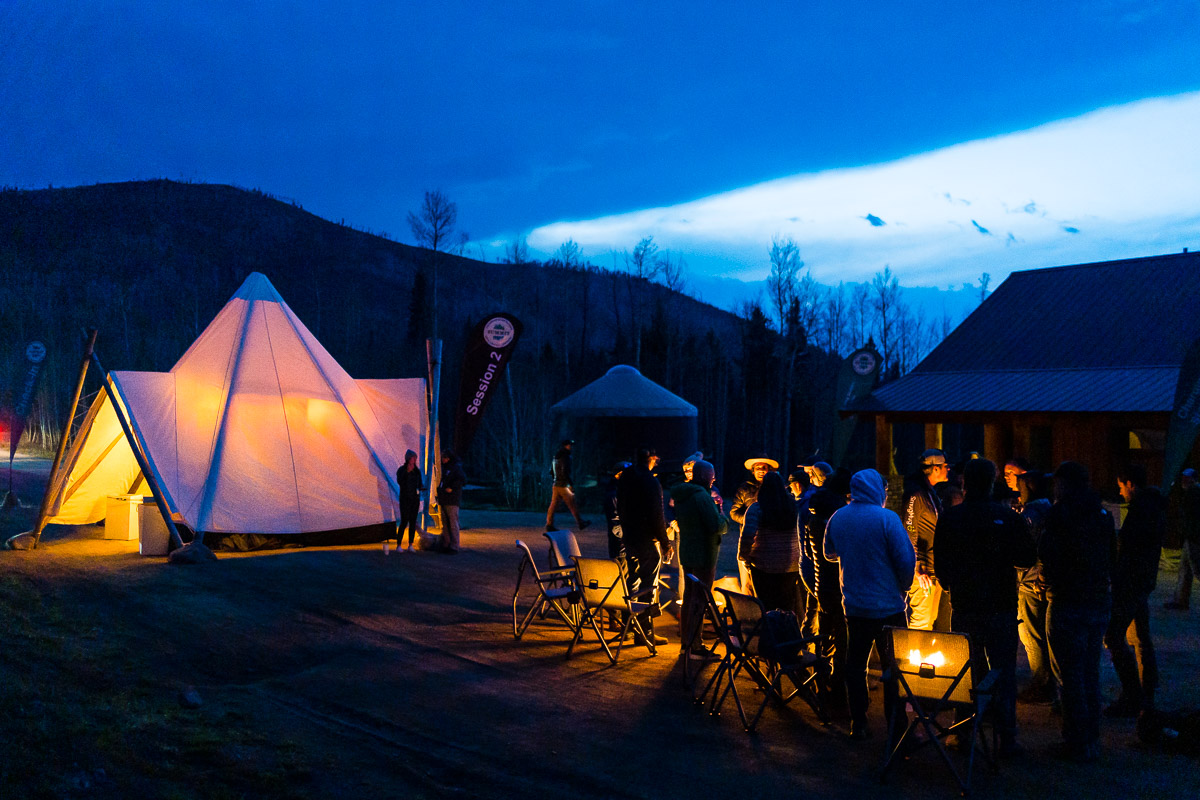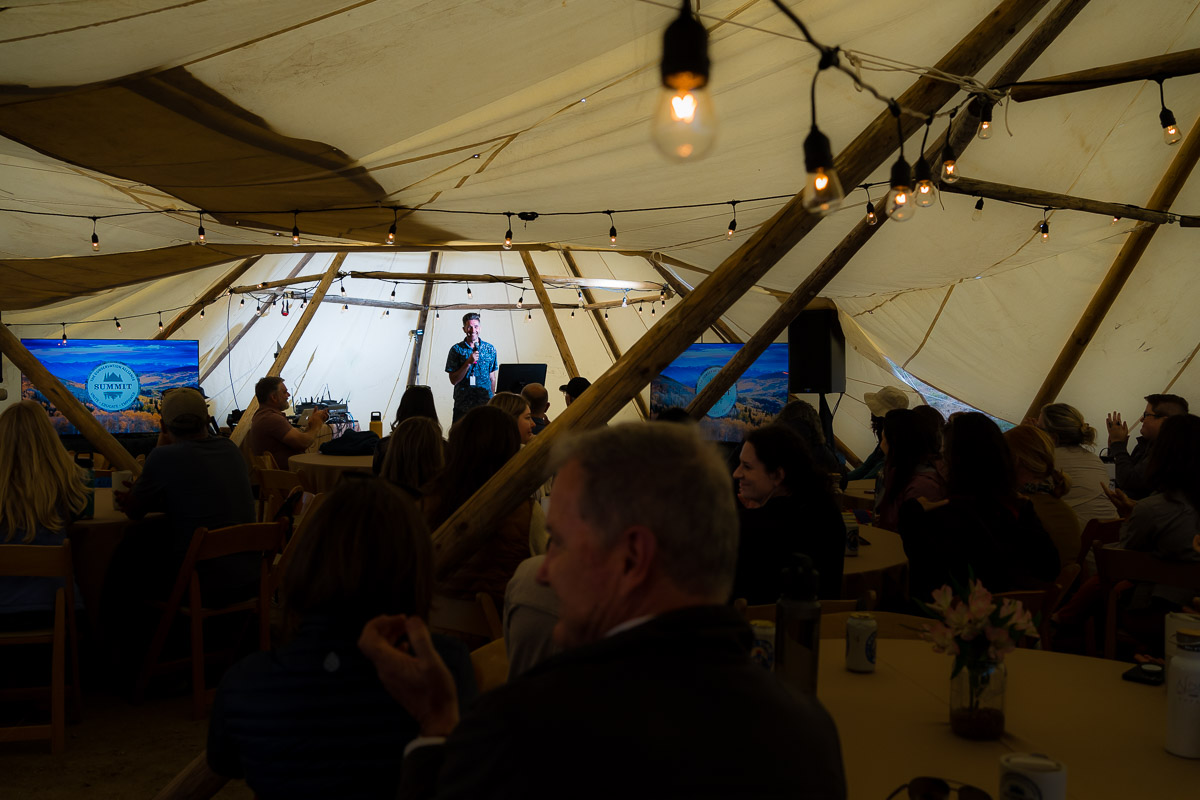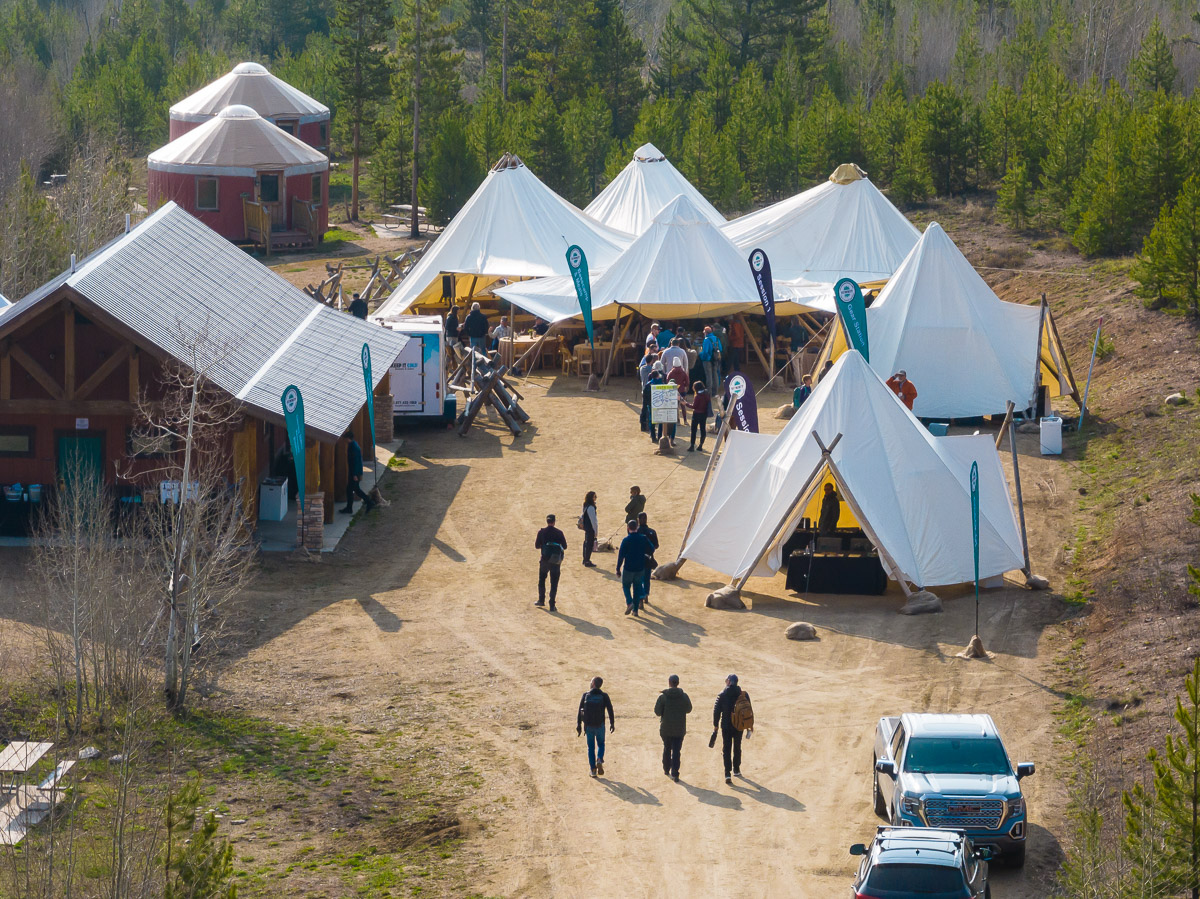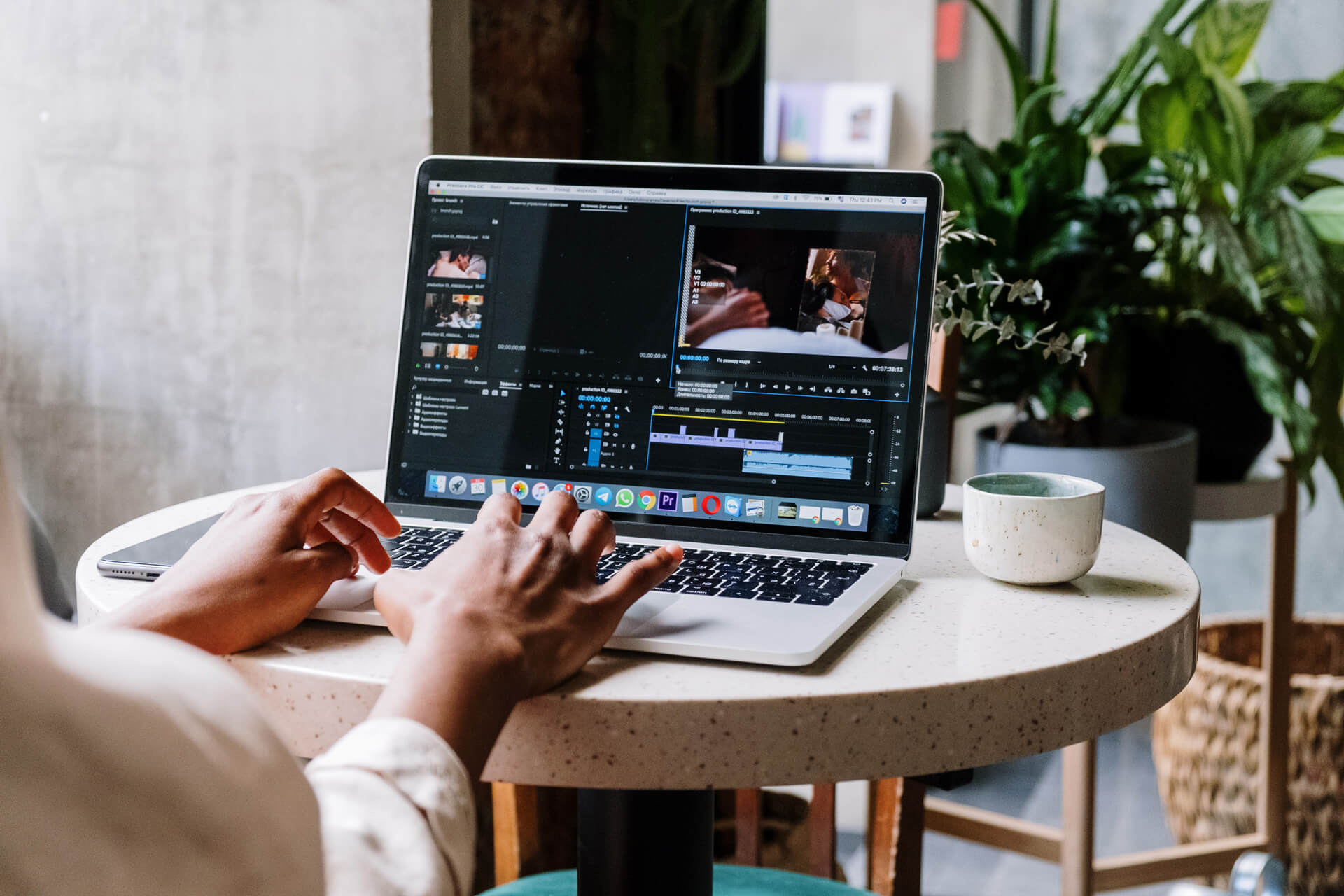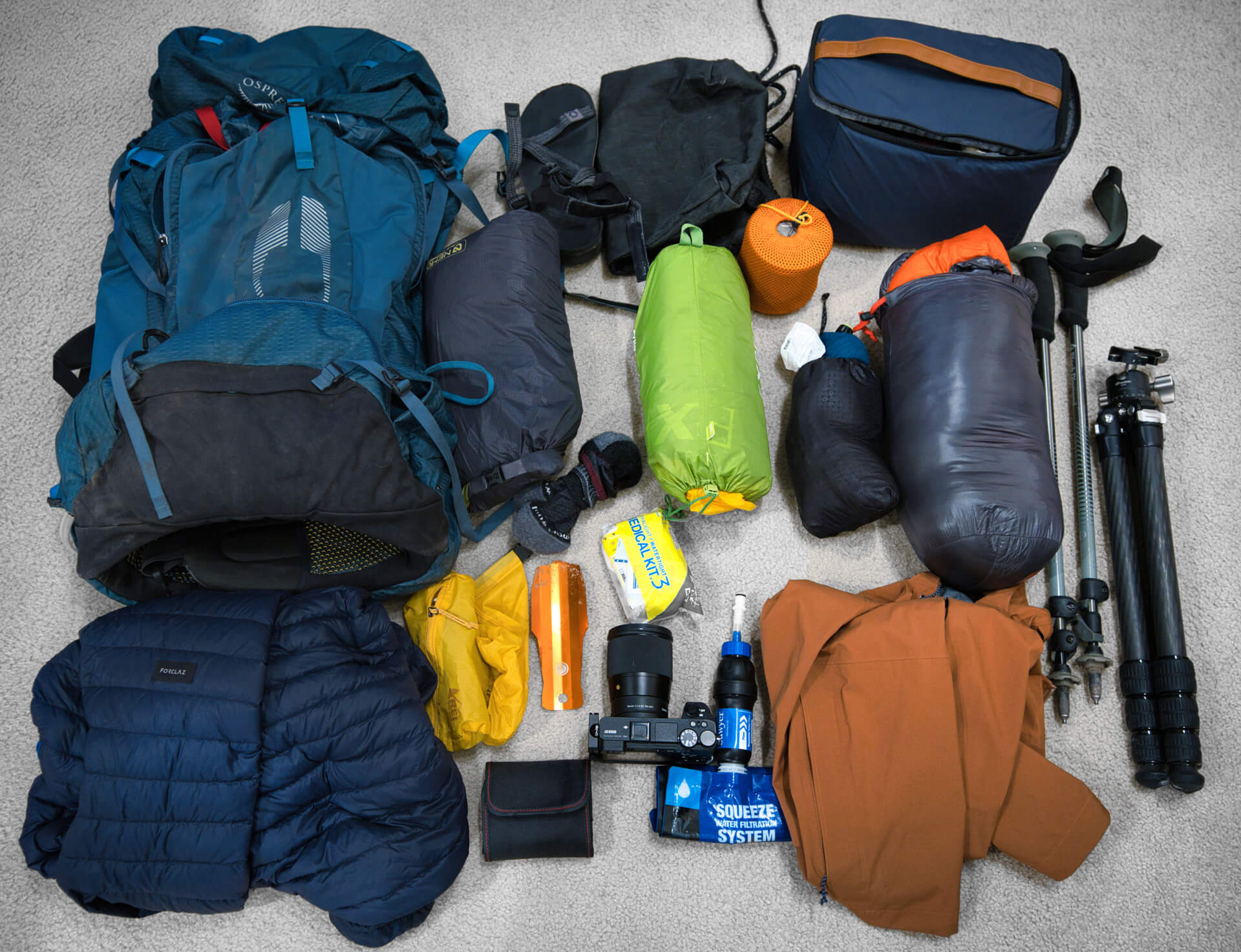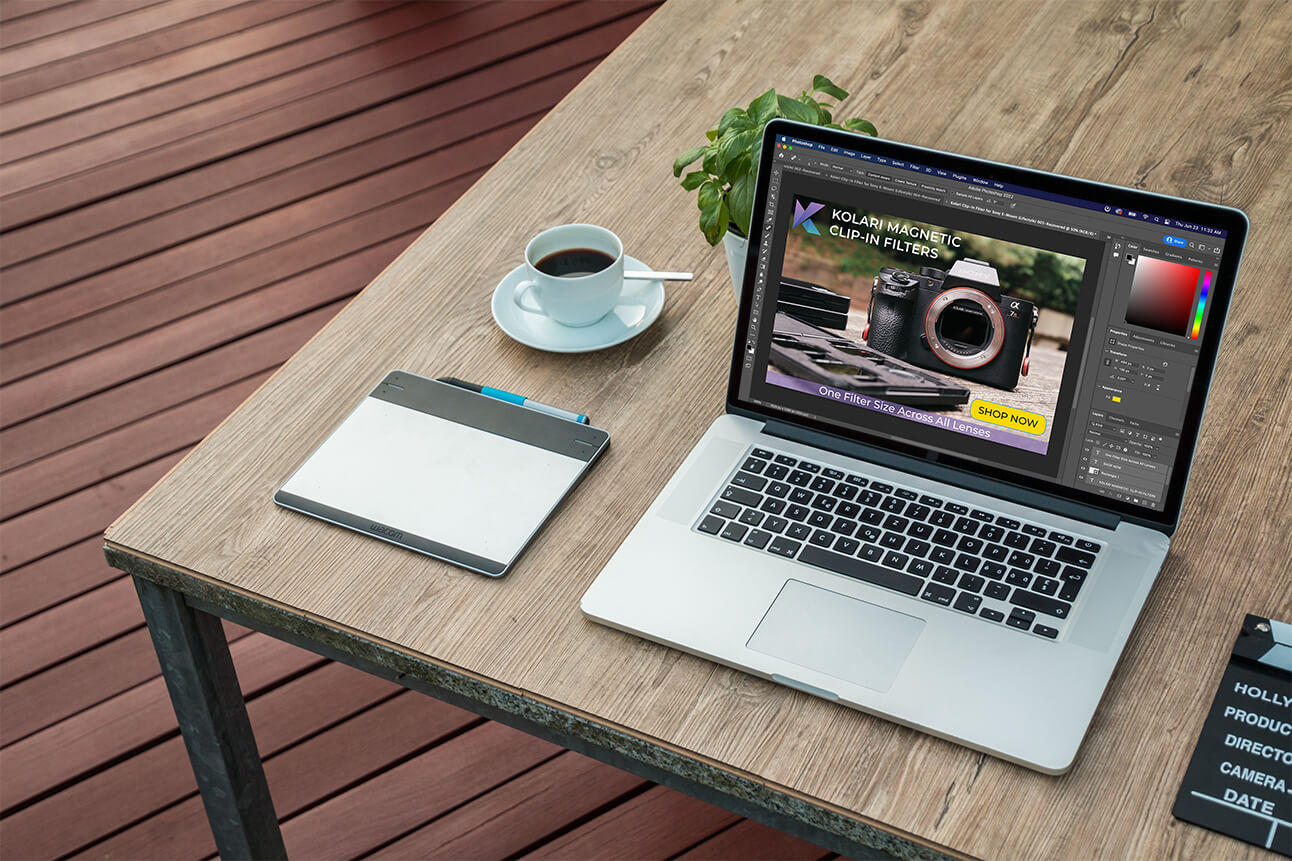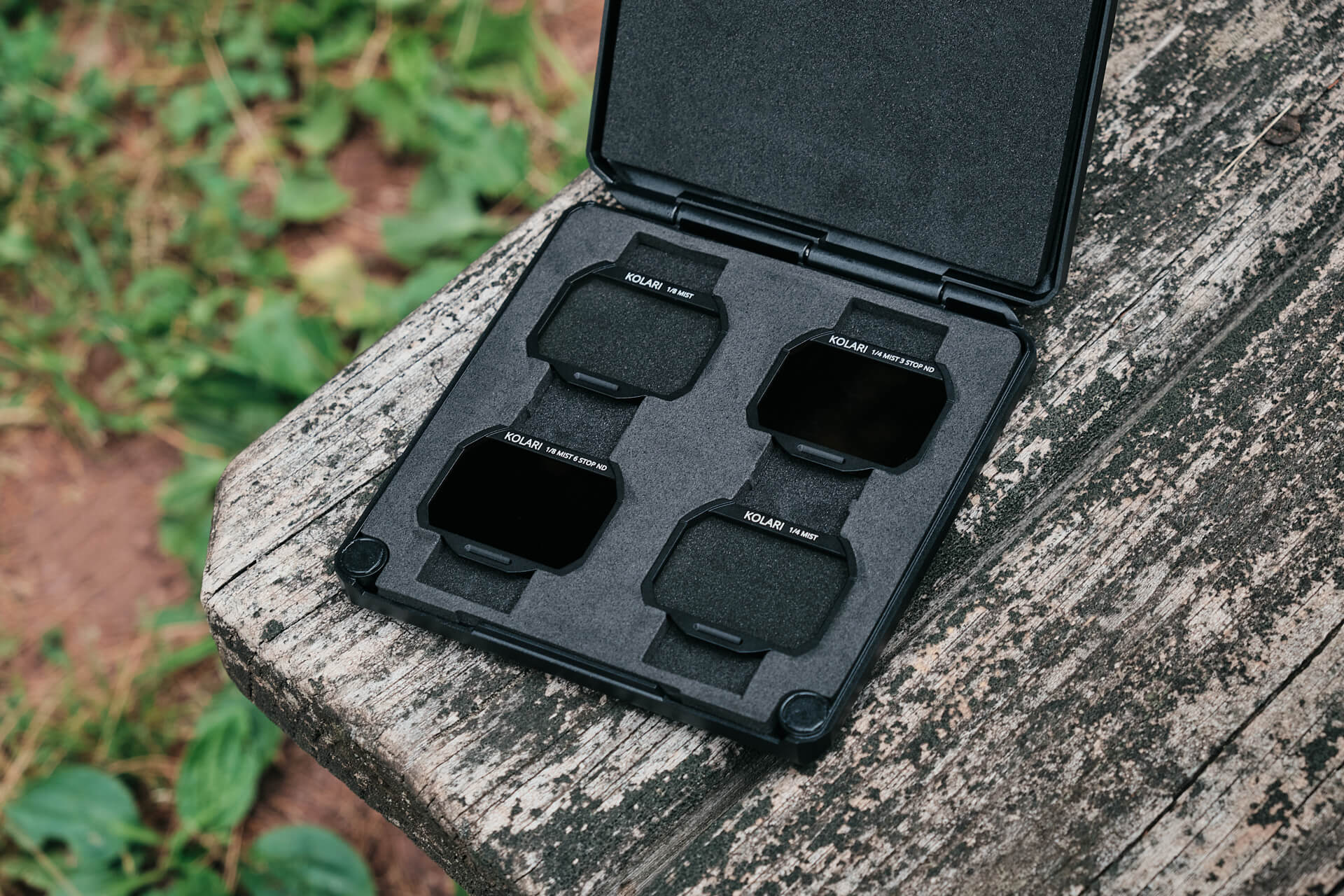Event photography is both exciting and challenging, making it perfect for some people and a nightmare for others. It all comes down to having the right mindset and being prepared for the various challenges. Regardless of the type of event you’re going to be photographing, there are memorable moments to capture and a vibe or essence of the event to communicate.
You don’t have to have a particular personality to enjoy event photography as long as you find a way to do it that feels right to you. You also don’t need a ridiculous amount of gear or an overly comprehensive shot list. What you do need is a desire to tell a story and make an impact.
In this article, I’ll discuss everything from pre-production and gear to shooting the event and dealing with post-production. It will give you a good idea of what it takes to be an event photographer and how to prepare for your next shoot. Keep it simple and remember your purpose, and you’ll do great!
Before the Event
Before the event is a period of research and preparation that some might call pre-production, which includes everything you need to do to prepare for the event. You’ll want to gather information about the purpose, schedule, and important moments.
Pre-production will involve communicating with organizers so you understand their expectations, restrictions, and special requests. Scouting the location and familiarizing yourself with the venue, lighting conditions, and potential photo opportunities can be wise. Sometimes you can do this digitally, while others might want to do a site visit. At a minimum, it’s best to arrive early to give yourself time to get the lay of the land.
One of the most critical parts of pre-production is identifying the key moments. Determining the essential elements to focus on during the event is important. This might involve familiarizing yourself with a shot list while not bogging yourself down with one and risking missing out on spontaneous interactions and genuine emotions.
Gear for Event Photography
When it comes to event photography, you’ll want to choose a camera that suits the event’s requirements, such as low-light capabilities or fast burst mode. Opt for versatile lenses to cover a range of focal lengths and adapt to different shooting conditions. From there, you’ll want to determine if you need additional gear for lighting.
It’s important that you familiarize yourself with your gear so that you understand things like exposure and white balance. You’ll want to know the limitations of your specific camera and master aperture, shutter speed, and ISO to capture well-exposed images in dynamic lighting situations. My advice is not to acquire a bunch of gear you don’t know how to use but rather keep it simple as you continually learn and add on when necessary.
Next, you’ll want to determine when to use flash for fill light or freeze motion in low-light scenarios, as you may need to bring lights and light stands. You might also use lighting modifiers, such as diffusers or reflectors, to soften or redirect harsh light sources. Beyond that, you’ll need chargers, batteries, accessories, and backup gear.
Dealing with Difficult and Variable Lighting Conditions
As I alluded to in the previous section, understanding your camera is essential so you can deal with various lighting situations. You might have to handle harsh mid-day light as well as challenging low-light conditions in the evening. You’ll want to have a strategy for how to deal with each one.
Understanding the exposure triangle is step one, knowing the limitations of your gear is step two, and adding additional light, if necessary, is step three. There are a variety of techniques to learn about, such as on-camera flash, bounce flash, and off-camera flash. Knowing which method you will use is key to preparing because if you’re going to use off-camera flash, you’ll need to set it up beforehand so that you’re ready to go.
With technological advancements, cameras are more powerful than ever, making it possible to shoot in a wide variety of circumstances. For the event photographer, this simplifies some of the stress we usually deal with. Even so, mastering light is vital to creating a compelling photograph.
Composition and Storytelling
Now we get to the fun part. Event photography isn’t just about taking snapshots; otherwise, the event coordinator could just ask everyone for their iPhone photos of the evening. It’s about telling a story, and that means composition.
It’s time to dust off your composition techniques or read some of the composition articles on this blog. Using framing techniques such as the rule of thirds can increase your chances of creating visually appealing and balanced images. Experiment with different angles and heights to capture unique and dynamic shots.
Once you have some creative compositions to try out, it’s about documenting the timeline. Capture images that narrate the event’s progression from beginning to end. Pay attention to details such as decorations, signage, and other elements that contribute to the event’s atmosphere, and see if you can incorporate them into the overall composition.
Finding Moments
Once you have some great light and compositions that tell a story about the day, it’s time to make the story more dynamic. Look for moments of high emotion, joy, or other themes that represent the event. Try to complete your composition with an engaged subject.
If group shots are desired, efficiently gather and arrange people for formal group photographs, making them as quick and painless as possible. Other than the posed pictures, your goal is to capture genuine expressions. Encourage natural and relaxed poses to convey authentic emotions.
Difficult Situations and Stresses
Event photography can be stressful, so you’ll need to prepare for different challenges that may arise. We already talked about challenging lighting situations. What else could go wrong?
What if people are stressed out or rude? It’s crucial to maintain a sense of composure and remind yourself that it’s not about you. Their stress isn’t something you should take on or take personally. I know that’s easier said than done, but I also know how letting other people get to you can negatively impact your ability to do your job.
Another big challenge is when the event timeline gets out of control, and you rush to make up time or shoot something you weren’t ready for. Preparation and communication are key because prevention is the best solution. If it’s possible to have a great relationship with an MC, DJ, or event coordinator, they’ll often give you a heads-up. Otherwise, say calm, take a deep breath, and do what you can with what you have.
Post-Event Workflow
You’re exhausted from the event, but your work isn’t done yet. It’s time for sorting and culling. Review and select the best images that highlight the event’s key moments. You want to deliver pictures of everything without giving so many choices that you overwhelm your client with decisions.
Enhance the chosen images through color correction, exposure adjustments, and minor retouching before delivering the final results. Determine the appropriate format and resolution for providing images to the event organizers or clients in a timely matter. Communicate expectations and deliver the finalized images within or ideally before the agreed-upon timeframe.
Immediacy is important, so dial in and make time for your post-production workflow. Often with event photography, your clients will want to share memories and experiences. Ideally, they’ll share those memories through the use of your images which can lead to future work.
Conclusion
As you can see, event photography can be challenging, but it can also be rewarding. From preparation to post-processing, the more you have a plan, the more likely you are to simplify and reduce stress on the day of the shoot leaving room for creativity. If you can put yourselves in your client’s shoes and understand the event’s meaning and purpose, you’re more likely to create meaningful images of the important moments.
Event photography gets easier with practice as you learn how to deal with various lighting conditions and fast-paced moments. Eventually, some aspects of event photography even become predictable, leaving you more bandwidth to focus on creative and impactful compositions. You can continue to challenge yourself with different lighting or composition techniques.
Author Bio:
Marc and Brenda Bergreen are a husband and wife photo and video team based in Evergreen, Colorado. They photograph weddings and other adventurous stories in beautiful places.
